The Differences Between Costume Play, Cosplay and Larping
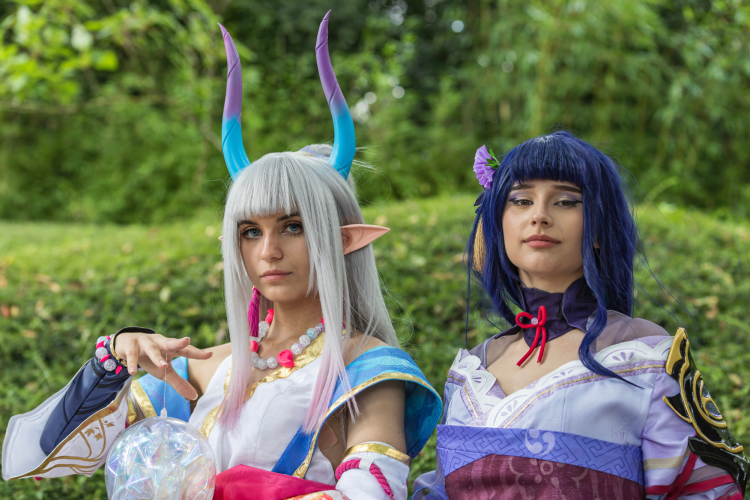
For many, costume play and cosplay are an opportunity to feel like a kid again, questing with friends and bringing their favorite anime and fantasy characters to life. But what is cosplay and how does it relate to LARPing? Is there a difference between costume play and cosplay? How do people get into any of them in the first place? With the growing popularity of all three, there are many ways to answer each of these questions. We’ll do our best to answer your burning questions as we explore the origins of costume play, cosplay meaning and share some interesting LARPing facts that might surprise even seasoned fans.
Jump to Section
What Is Cosplay?
The origins of costume play and cosplay are rooted in early 20th-century traditions. What began as simple holiday dress-up and playful conventions eventually grew into a full-fledged culture of creativity, community and character-loving fans. The community continues to grow worldwide, with major festivals held annually.
What Are the Origins of Cosplay?
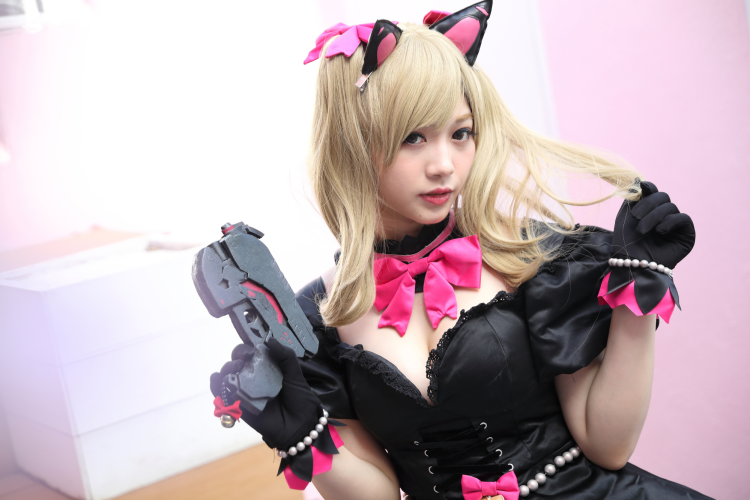
The roots of what we now call cosplay go back to the early 20th century. Back then, dressing up in costumes was super popular, especially around Halloween. A lot of people believed disguises could protect them from evil spirits and by the 1920s, both kids and adults were enjoying the holiday. By the 1930s, stores started selling ready-made costumes, leading to the practice becoming even more widespread.
Around the same time, small groups of science fiction fans started holding conventions, with the very first one taking place in October 1936 in New York with just a handful of fans meeting face-to-face. These gatherings quickly grew, however, leading to the very first official Worldcon in 1939.
It’s at this event that well-known fans Forrest J. Ackerman and Myrtle Douglas showed up in original costumes inspired by futuristic stories from writers like H.G. Wells. Their creative outfits marked the beginning of what we now recognize as costume play and cosplay. From there, others joined in and the trend started to spread. Today, when people ask about cosplay’s meaning, it’s often explained as the art of dressing up and role-playing as a character from fiction, whether that’s for conventions, Halloween costume ideas or even coordinated couples Halloween costumes.
What Is Cosplay’s Meaning and Why Do People Do It?
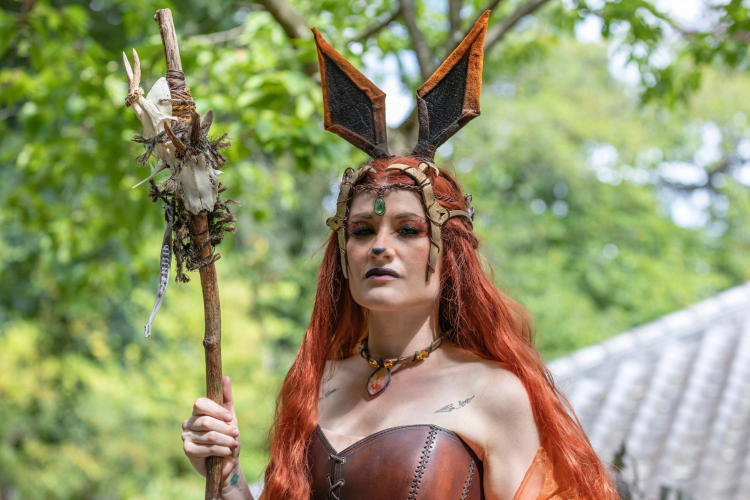
The word cosplay is a combination of “costume” and “play.” At its core, cosplay is about dressing up as a character you like and bringing them to life through costume and performance. People take inspiration from all kinds of places, from anime to movies, TV shows, games, comics and even real history. Once someone finds a character they connect with, they’ll often start designing or assembling their outfits from things like cardboard or styrofoam. Some cosplayers are so committed that they’ll even go so far as to commission costumes from skilled makers. But for many, the pride comes from creating the look themselves, whether it’s a simple design with a few props or an elaborate suit of armor with moving parts.
But costume play and cosplay are about more than just the clothes. Many cosplayers take part in competitions at events like the World Cosplay Summit in Japan. A few professional cosplayers even earn money through appearances or sponsored content. According to the University of Central Florida, with the rise of Comic-Con and “nerd culture” entering the mainstream, cosplay has become not only more visible but also widely celebrated. Online, you’ll find documentaries, TV shows and online communities that showcase the artistry, passion and community spirit behind it all.
What Is the Golden Rule of Cosplay?
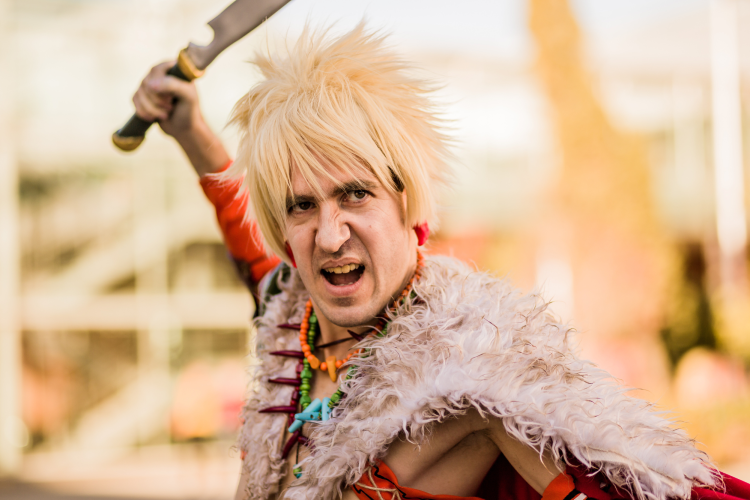
The most important rule of cosplay costume play is respect. That means if you want to take a photo or admire someone’s outfit up close, always ask first. These costumes take hours (sometimes weeks) of work and quite a bit of money to put together, so it’s important to be polite and never cross personal boundaries.
What Is the Difference Between Costume Play and Cosplay?
Costume play and cosplay may sound similar, but cosplay goes beyond simply putting on an outfit. Cosplay is about bringing characters to life, whether it’s a comic book hero, a video game icon or a beloved anime. For many, it’s also a form of art. While some people go for perfect screen accuracy, others will remix their characters with creative mashups. Either way, cosplay is about passion and imagination, not just dressing up.
Who Made Cosplay Popular?
Back in 1939, sci-fi fans Myrtle R. Jones and Forrest J. Ackerman showed up at the first WorldCon in New York City wearing futuristic outfits inspired by the 1936 movie Things to Come. This forged their reputation as the first official cosplayers, at least in the continental U.S. and that little spark of costume play and cosplay lit the fuse for the global fandom we know today.
What is Larping?
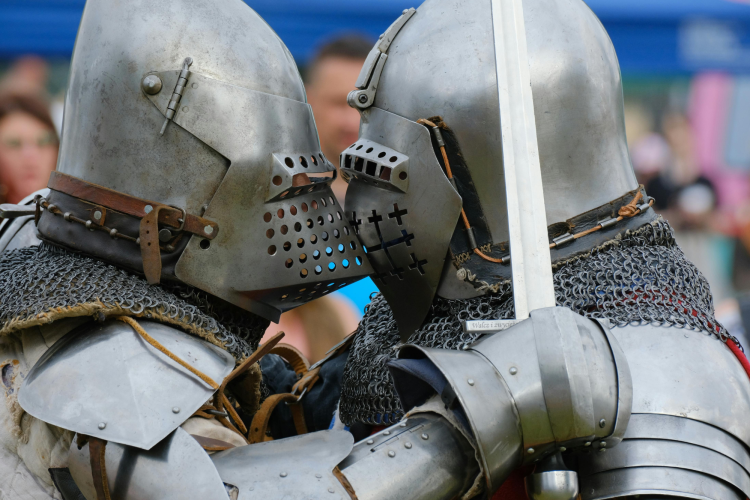
If you’ve ever watched movies like Role Models or Knights of Badassdom, then you’re probably familiar with LARPing. LARPing stands for Live Action Role Play and unlike costume play and cosplay, which are often about designing incredible looks, photoshoots and fan conventions, LARPing is all about performance. It’s like playing a role-playing game, but instead of sitting at a table and imagining the story, you act it out in real life. You actually become the character and perform as if you’re in the story. To really step into the story and live the adventure, players dress up as their characters, using safe props or foam weapons and fully immerse themselves in the world they’re helping to create.
What Are the Origins of Larping?
LARPing grew out of tabletop games like Dungeons & Dragons, along with theater and stage combat. The first big group to do it was called Dagorhir, back in 1977. Instead of just imagining adventures, people wanted to bring them to life. That’s why you’ll see LARP events set in parks, forests or even large houses turned into story settings, in a similar way to a masquerade ball party. Many fans of LARPing also enjoy related hobbies like sword fighting and Renaissance fairs. Others lean into costume design and join the cosplay world or even go into acting and theater. LARPing connects all these worlds, making it a fun way to be creative, social and adventurous all at once.
What Is Larping and Why Do People Do It?
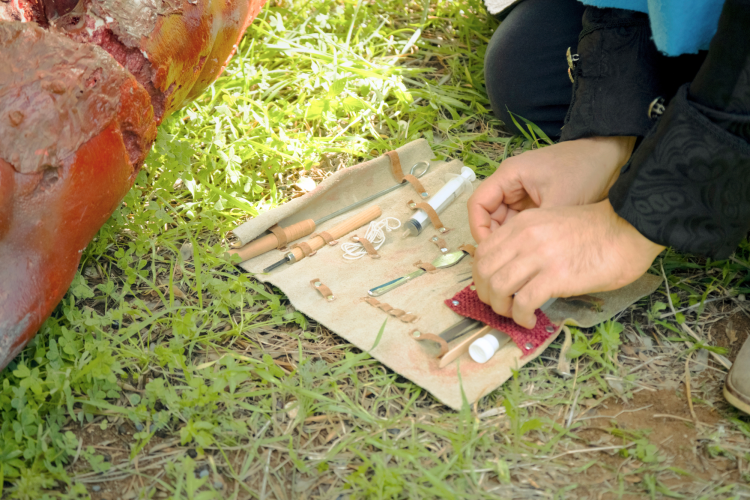
LARPing is kind of like stepping into a video game or fantasy story in real life. Players create their own characters, come up with a backstory and dress in outfits, often Renaissance fair costumes or other themed looks. It’s similar to costume play and cosplay, but instead of just wearing the costume, you also act out your character in a shared story with others. Most LARP events last a whole weekend. Players pay a fee to register and receive a character sheet with their abilities and items.
Some people play main characters, while others act as “NPCs” (non-player characters) who help move the story forward. Depending on the theme, battles might be fought with foam weapons or players might use small props to represent magic spells. For the most part, people enjoy LARPing because it’s active, creative and social. Unlike watching movies or TV where you’re just sitting back and consuming the story, with LARPing, you’re a part of the narrative. It’s a form of participatory art, which means everyone adds to the experience.
What Is the Difference Between Cosplay and Larping?
LARPing, or live-action role-playing, is like a game you play with other people. The story is guided by a “Game Master” who sets the scene and there’s usually no audience; just you and your group living out the story together. You can use costumes to bring your original character to life, but the focus is really on acting as that character, going on quests and taking part in battles. If you’re looking for group costume ideas or want to explore costume and cosplay, LARPing is a fun way to dress up and fully step into a character at the same time.
Costume Play and Cosplay FAQs
Does Cosplay Mean Costume Play?
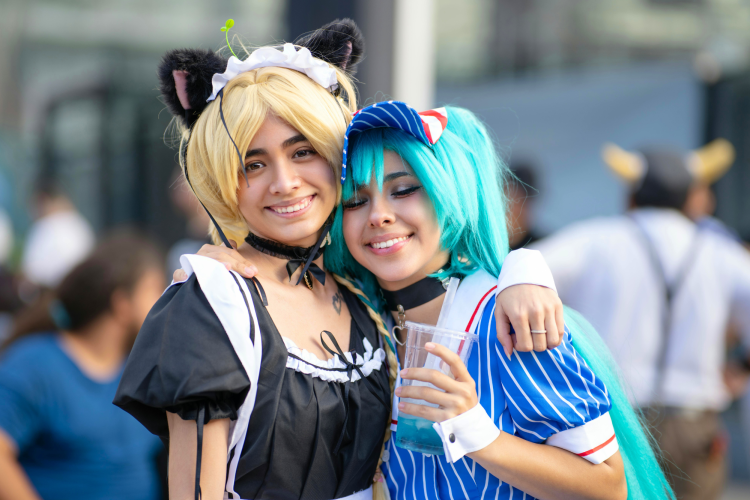
Yes, the word ‘cosplay’ is short for costume play. However, there’s a key difference between the two in that cosplay is about immersively stepping into the character’s shoes. This means thinking, acting and even moving like them. Cosplayers go beyond dressing up; they become the character for the experience.
Why Doesn’t Disney Allow Cosplay?
As you explore the world of cosplaying, you might wonder, “What is Disney adult cosplay called?” While adults can totally enjoy Disney-themed costumes at home or at special events, Disney parks don’t allow full cosplay for guests. In the Disney world, this is called ‘Disneybounding’. The main reason it’s banned is that they want to avoid confusing kids about which characters are real and which are visitors in costume.
Who Is the Best Cosplayer in the World?
Many vie for the title of best cosplayer in the world, as costume and cosplay artistry continue to grow and inspire fans everywhere. But, if we were to pick just one, it would be Jessica Nigri, who consistently shows up in top 10 lists and even has a few acting credits under her belt.
For many players, costume play, cosplay and LARPing are fun ways to escape daily life, use their imagination and connect with others. Participants put in real effort to bring their characters and worlds to life, crafting detailed outfits, mastering a character’s mannerisms and participating in elaborate storylines. And for anyone wondering, “Is cosplay bad?” the answer is a resounding no. Far from being harmful, activities like costume play, cosplay and LARPing can help create a sense of community. They inspire creativity and give people a safe space to explore who they are and who they want to be.
For even more ways to have fun, check out other experiences happening on Classpop!

